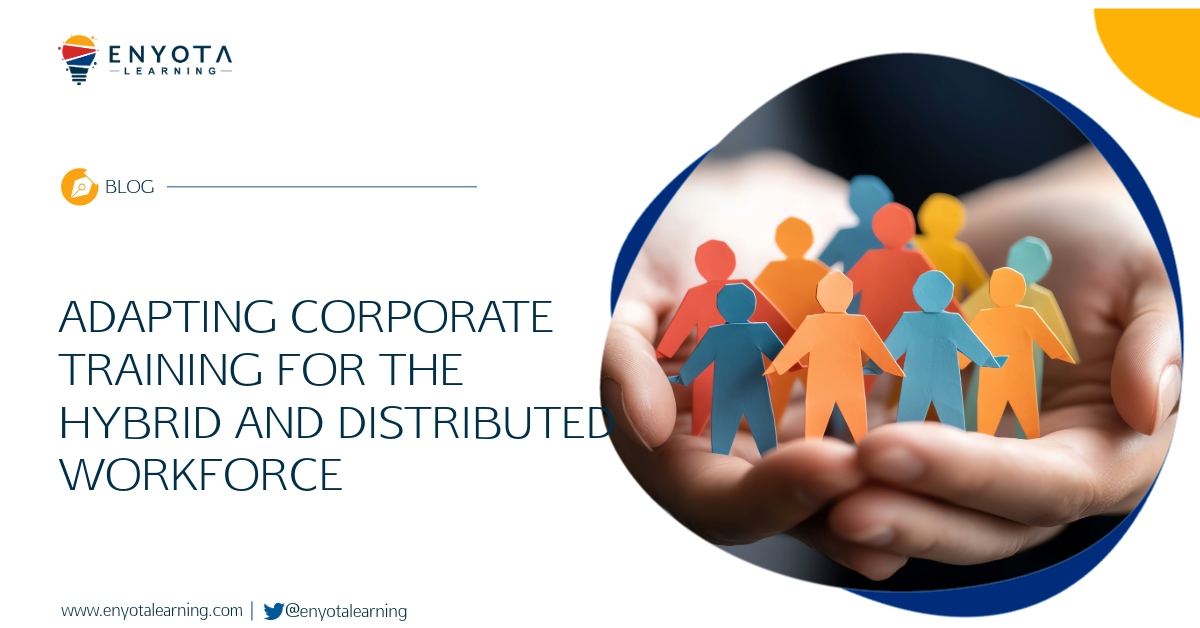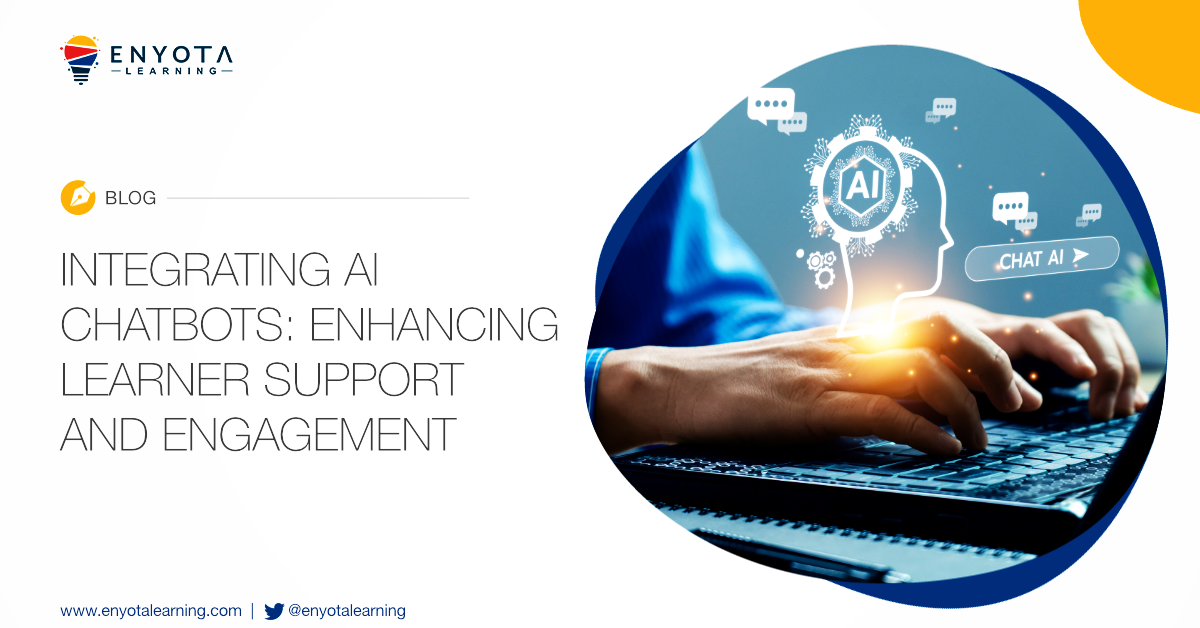AI bias in eLearning refers to the potential for AI-powered tools and technologies to create learning experiences that are unfair or discriminatory to certain groups of learners. As surprising as it may sound, AI has already shown potential to be very discriminatory in its approach towards specific subjects. The reasons for such discriminatory acts performed by AI are numerous, the biggest of which is human actions.
There is no doubt that AI has much to contribute towards the future of eLearning, However, AI cannot be relied on completely to take on and deliver large-scale critical eLearning projects.
While some people are eager to rush into the ‘AI in eLearning space’ with gusto and furor, we thought it may be important to quickly discuss the perils of using AI to automate workflows, provide feedback, and generate content, especially when developers do not have much experience working with AI.
The Dangers of Working with a Biased AI
The problem is that it’s very difficult for inexperienced people to detect when and how their AI system has been compromised to provide biased outcomes. As we know that AI requires data sets to learn and understand the world around us, we must also understand that compromised data will compromise how your AI operates.
Let’s look at how such biases can occur.
-
Content Bias
Since eLearning developers are more likely to use AI to generate the foundation of content on which eLearning courses are built, it’s very important for them to be able to detect if the content that the AI is generating is biased or correct. Even the best AI today, trained on the best possible data sets sometimes are slightly biased unintentionally. As a result, it’s important to ensure that learning developers know when the AI generated content is biased.
-
Data Bias
AI tools are trained on data, and if that data is biased, the tool becomes biased as well. For example, if an AI tool is trained on a dataset of resumes that are mostly from men, it may more likely recommend men for jobs.
-
Algorithmic Bias
AI tools can also be biased in their algorithms. For example, an AI tool that is designed to predict whether a student will drop out of school may start flagging students from low-income families, even if they are just as likely to succeed as students from higher-income families.
-
Human Bias
AI tools are created by humans, and humans can introduce bias into the tools unintentionally. For example, if a human engineer designs an AI tool to be more helpful towards a specific type of people, the tool may be less helpful to learners who are different. Let’s look at how such biases can occur.
AI Bias Can Negatively Impact Learners By
-
Reducing Access to Learning Opportunities
Biased AI tools may prevent certain groups of learners from accessing the learning opportunities they need. AI systems are trained on existing data, which can introduce biases and inequalities. If the training data is biased, the AI algorithms may perpetuate existing inequalities in education, leading to unequal access to learning opportunities.
-
Providing Inaccurate Information
AI tools that are biased may provide learners with inaccurate or misleading information, which can lead to less effective learning. AI models, such as language models, generate responses based on statistical patterns found in the training data. While this approach can be powerful, it can also lead to inaccuracies. AI models may generate responses that sound plausible but are factually incorrect because they have learned statistical patterns that do not always align with reality.
-
Increasing Dropout Rates
Biased AI may make it more difficult for certain groups of learners to succeed in their training, which can lead to increased dropout rates. For example, if the training data primarily represents a specific demographic group, the AI system may inadvertently favor that group, disadvantaging others.
It is important to be aware of the potential for AI bias in eLearning so that we can take steps to mitigate it.
Some Ways to Mitigate AI Bias in eLearning
-
Using Unbiased Data
AI tools should be trained on data that is as unbiased as possible. This may involve collecting data from a variety of sources and ensuring that the data is representative of the population as a whole.
-
Testing for Bias
AI tools should be tested for bias before they are deployed. This can be done by using a variety of methods, such as checking for differences in the results for different groups of people.
-
Ensuring Fairness
AI tools should be designed to be fair. This means that they should not discriminate against any group of people.
By taking steps to mitigate AI bias in eLearning, we can help to ensure that these tools are used to create positive and inclusive learning experiences for all learners.
Additional Tips to Mitigate AI Bias in eLearning
- Involve a diverse team in the design and development of AI-powered tools and technologies. This will help to ensure that the tools are not biased against any particular group of learners.
- Be transparent about how AI-powered tools and technologies work. This will help learners to understand how the tools work and to identify any potential biases.
- Give learners the opportunity to provide feedback on AI-powered tools and technologies. This feedback can be used to improve the tools and to make them more inclusive.
- By following these tips, we can help to ensure that AI-powered tools and technologies are used to create positive and inclusive learning experiences for all learners.
Concluding
We are experienced eLearning developers and if your company is looking for eLearning development services or an eLearning solution like an LMS, we have you covered. Just reach out to us at contact@enyotalearning.com or click on this call-back form and we’ll reach out to you shortly. Also, test our LMS free for 30 days!




